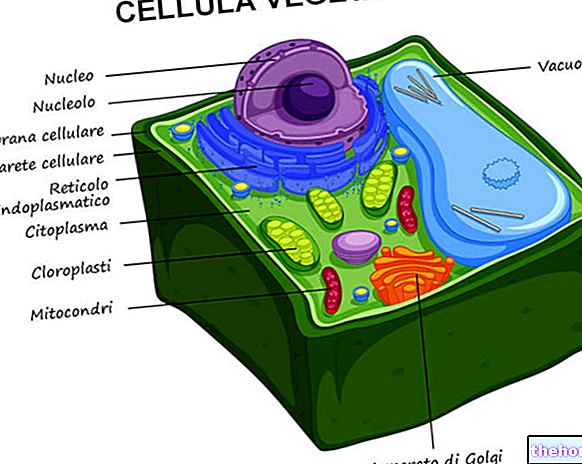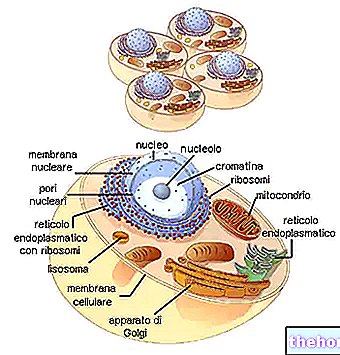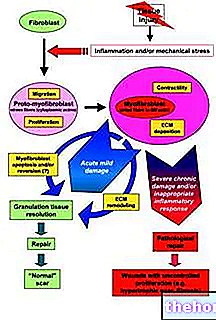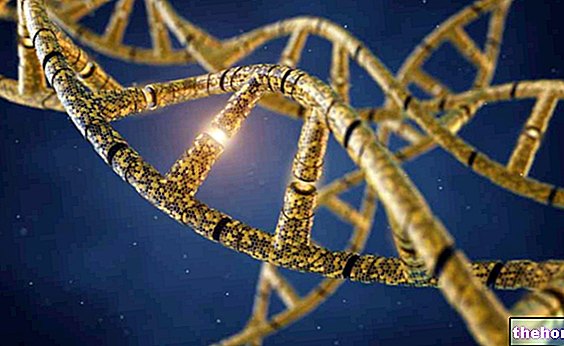Edited by Dr. Giovanni Chetta
ECM is generally described as being composed of several large classes of biomolecules:
- Structural proteins (collagen and elastin)
- Specialized proteins (fibrillin, fibronectin, laminin etc.)
- Proteoglycans (aggrecans, syndecans) and glusaminoglycans (hyaluronans, chondroitin sulphates, heparan sulphates, etc.)
Structural proteins
Collagens form the most represented family of glycoproteins in the animal kingdom. They are the most present proteins in the extracellular matrix (but not the most important) and are the fundamental constituents of the connective tissues proper (cartilage, bone, fascia, tendons, ligaments).
There are at least 16 different types of collagen, of which types I, II and III are the most present at the level of the typical fibrils (type IV forms a kind of reticulum that represents the major component of the basal laminae).
Collagens are mostly synthesized by fibroblasts, but epithelial cells are also able to synthesize them.
Collagen fibers continuously interact with an enormous quantity of other molecules of the extracellular matrix, constituting a biological continuum fundamental for the life of the cell. The associated collagens in fibrils play a predominant role in the formation and maintenance of structures capable of resisting tension forces, being almost inelastic (glucosaminglycans perform an action of resistance to compression). In some way the collagen is produced and re-metabolized as a function of the mechanical load and its visco-elastic properties entail, as we will see in the paragraph "Viscoelasticity of the fascia" , a big impact on man's posture. As a further demonstration of the ability of collagen to change according to environmental influences, assuming for example. variable degrees of rigidity, elasticity and resistance, there are collagens, defined with the term FACIT (Fibril Associated Collagen with Interrupted Triple helices) able to function functionally like proteoglycans (described in the paragraph "Glucosaminoglycans and proteoglycans").
The collagen fibers, thanks to their coating of PG / GAG (proteoglycans / glucosaminoglycans) possess properties of biosensors and bioconductors: the relative electrical charges result in a greater ability to bind water and exchange ions, therefore a greater electrical capacity.
We know that any mechanical force capable of generating a structural deformation stresses the inter-molecular bonds, producing a slight electric flux, that is the piezoelectric current (Athenstaedt, 1969). In such cases, the collagen fibers distribute the positive charges on their convex surface and the negative ones on the concave one, thus transforming into semiconductors (they allow the flow of electrons on their one-way surface). Since the piezoelectric energy (as well as the pyroelectric energy generated by thermal stresses) is neutralized by the circulating ions in a very short time (approx. 10-7 - 10-9 seconds), the arrangement of the PG / GAG on the signal is decisive for the propagation of the signal. surface of the fibrils, such as to act as "repeaters" of the electrical impulse. In particular, a longitudinal periodicity of approx. 64 nm (which under the optical microscope looks like a streak) allows a propagation speed of the impulse equal to about 64 m / s (corresponding to the conduction speed of fast nerve fibers) - Rengling, 2001. The strong dipolar moment of collagen fibrils and their resonance capacity (property common to all peptide structures), as well as the low dielectric constant of the MEC, facilitate the transmission of electromagnetic signals. Therefore the three-dimensional and ubiquitous collagen network also possesses the peculiar characteristic of conducting bioelectric signals in the three dimensions of the space, based on the relative arrangement between collagen fibrils and cells, in the afferent direction (from the ECM to the cells) or, vice versa, efferent.
All this represents a real-time MEC-cell communication system and such electromagnetic bio-signals can lead to important biochemical changes, for example, in bone, osteoclasts cannot "digest" piezoelectrically charged bone (Oschman, 2000).
Finally, it should be emphasized that the cell, not surprisingly, produces continuously and with a considerable expenditure of energy (approx. 70%) material that must necessarily be expelled, mostly through the exclusive storage of protocollagen (biological precursor of collagen) in specific vesicles (Albergati , 2004).
The vast majority of vertebrate tissues require the simultaneous presence of two vital characteristics: strength and elasticity. A real network of elastic fibers, located inside the ECM of these tissues, allows to return to the initial conditions after strong tractions. The elastic fibers are able to increase the extensibility of an organ or a portion of it by at least five times. Long, inelastic collagen fibers are interspersed between the elastic fibers with the precise task of limiting "excessive deformation due to traction of the tissues. L"elastin represents the major component of elastic fibers. It is an extremely hydrophobic protein, about 750 amino acids in length, as collagen is rich in proline and glycine but, unlike collagen, it is not glycated and contains many hydroxyproline residues and not hydroxylisine. Elastin appears as a real biochemical network of irregularly three-dimensional shape, composed of fibers and lamellae that permeate the ECM of all connective tissues. It is found in particularly abundant quantities in blood vessels with elastic characteristics (it is the protein of ECM more present in the arteries and represents more than 50% of the total dry weight of the aorta), in the ligaments, in the lung and in the skin. In the dermis, contrary to what happens with collagen, the density and volume of elastin tend to increase over time, but the old elastin generally appears swollen, almost swollen, often with a fragmented appearance and with a reduction in the component. "amorphous" (Pasquali Rochetti et al, 2004). Smooth muscle cells and fibroblasts are the major producers of its precursor, tropoelastin, secreted in the extracellular spaces.
Other articles on "Collagen and elastin, collagen fibers in the extracellular matrix"
- Extracellular matrix
- Fibronectin, Glucosaminoglycans and Proteoglycans
- Importance of the extracellular matrix in cellular equilibria
- Alterations of the extracellular matrix and pathologies
- Connective tissue and extracellular matrix
- Deep fascia - Connective tissue
- Fascial mechanoreceptors and myofibroblasts
- Deep fascia biomechanics
- Posture and dynamic balance
- Tensegrity and helical motions
- Lower limbs and body movement
- Breech support and stomatognathic apparatus
- Clinical cases, postural alterations
- Clinical cases, posture
- Postural evaluation - Clinical case
- Bibliography - From the extracellular matrix to posture. Is the connective system our true Deus ex machina?
















.jpg)











